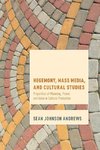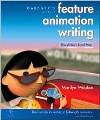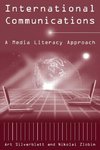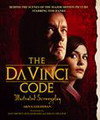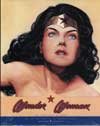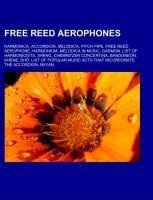
Free reed aerophones
Source: Wikipedia. Pages: 41. Chapters: Harmonica, Accordion, Melodica, Pitch pipe, Free reed aerophone, Harmonium, Melodica in music, Garmon, List of harmonicists, Sheng, Chemnitzer concertina, Bandoneón, Khene, Sho, List of popular music acts that incorporate... Viac o knihe
Produkt je dočasne nedostupný
14.70 €
bežná cena: 16.70 €
O knihe
Source: Wikipedia. Pages: 41. Chapters: Harmonica, Accordion, Melodica, Pitch pipe, Free reed aerophone, Harmonium, Melodica in music, Garmon, List of harmonicists, Sheng, Chemnitzer concertina, Bandoneón, Khene, Sho, List of popular music acts that incorporate the accordion, Bayan, List of music styles that incorporate the accordion, Hulusi, Yu, Solo tuning, Lusheng, Bawu, Mangtong, Saenghwang, Organetto, Chord organ, Livenka, Claviola, Saratovskaya Garmonika, Triola, Squeezebox, Castagnari, Tunonica, Bass piano accordion, Ralé-poussé, Taralila. Excerpt: The harmonica, also called harp, French harp, blues harp, and mouth organ, is a free reed wind instrument used primarily in blues and American folk music, jazz, country music, and rock and roll. It is played by blowing air into it or drawing air out by placing lips over individual holes (reed chambers) or multiple holes. The pressure caused by blowing or drawing air into the reed chambers causes a reed or multiple reeds to vibrate creating sound. Each chamber has multiple, variable-tuned brass or bronze reeds, which are secured at one end only leaving the other free to vibrate. Reeds are pre-tuned to individual tones, and each tone is determined according to the size of reed. Longer reeds make deep, low sounds and short reeds make higher-pitched sounds. On certain types of harmonica the pre-tuned reed can be changed (bending a note) to another note by redirecting air flow into the chamber. There are many types of harmonicas, including diatonic, chromatic, tremolo, orchestral, and bass versions. Comb and two reedplates. Reed plate. Reedplate mounted on the comb of a diatonic harmonica.The basic parts of the harmonica are the comb, reed-plates and cover-plates. The comb is the term for the main body of the instrument, which contains the air chambers that cover the reeds. The term comb originates from the similarities between simple harmonicas and a hair comb. Harmonica combs were traditionally made from wood, but now are usually made from plastic (ABS) or metal (including titanium for very high-end instruments). Some modern and experimental comb designs are complex in the way that they direct the air. Comb material was assumed to have an effect on the tone of the harp. While the comb material does have a slight influence over the sound of the harmonica, the main advantage of a particular comb material over another one is its durability. In particular, a wooden comb can absorb moisture from the player's breath and contact with the tongue. This causes the comb to expand
- Vydavateľstvo: Books LLC, Reference Series
- Formát: Paperback
- Jazyk:
- ISBN: 9781156477410



 Anglický jazyk
Anglický jazyk 
